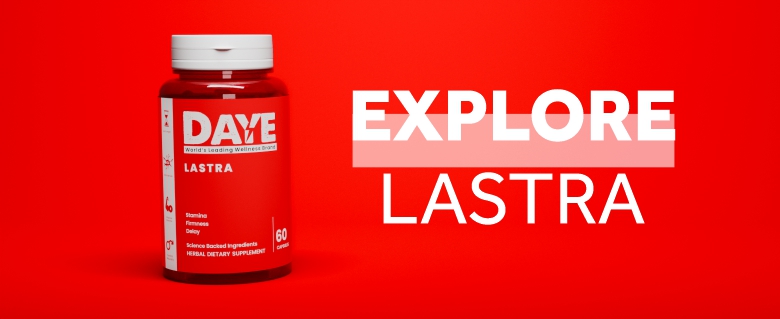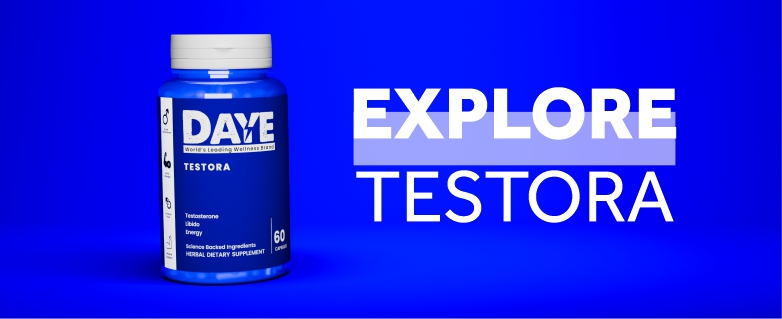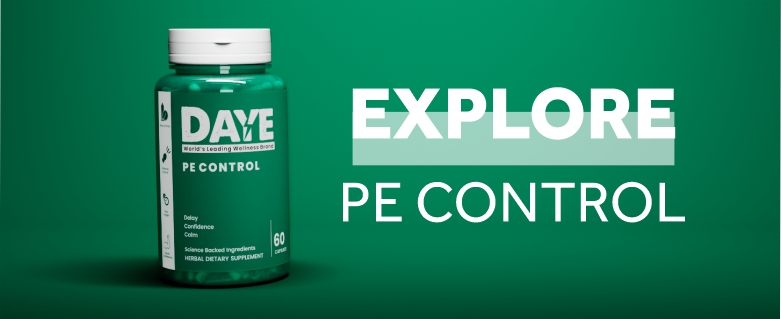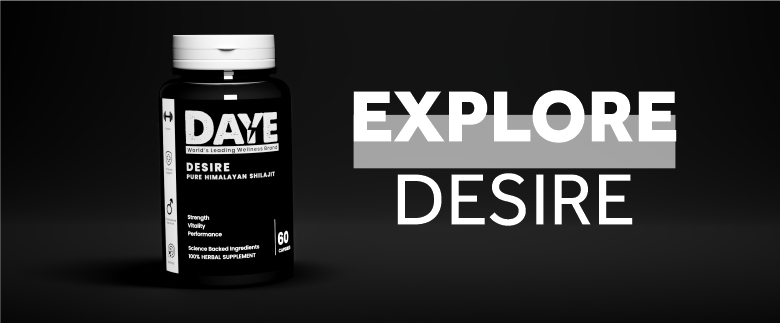When it comes to maintaining health and vitality, many of us turn to supplements to fill nutritional gaps or give our body that extra boost. Two popular options are Shilajit, an ancient Ayurvedic remedy, and modern multivitamins, a staple of Western wellness. While both aim to promote health, their origins, compositions, and benefits differ significantly. So, which is better for daily health? Let’s dive in and find out!
What is Shilajit?
Shilajit is a sticky, tar-like substance found primarily in the Himalayas and other mountainous regions. It’s formed over centuries by the decomposition of plant and microbial matter under high pressure. This nutrient-dense resin is a powerhouse of minerals and contains fulvic acid, a key compound believed to enhance the body’s absorption of nutrients.
Key Benefits of Shilajit:
- Energy Boost: Rich in trace minerals, it supports mitochondrial energy production.
- Cognitive Health: Research shows it may improve memory and cognitive function.
- Hormonal Balance: Known for regulating testosterone levels in men and supporting overall hormonal health.
- Anti-Aging Properties: Its antioxidant content helps reduce oxidative stress and slow down aging.
Shilajit is deeply rooted in Ayurvedic traditions, celebrated for its ability to rejuvenate the body and mind.
What Are Modern Multivitamins?
Modern multivitamins are synthetic or natural supplements that contain a combination of vitamins and minerals, designed to meet the Recommended Daily Allowance (RDA) for various nutrients. They’re available in capsules, gummies, and liquids, tailored for specific demographics like women, men, and children.
Key Benefits of Multivitamins:
- Convenience: They offer a one-size-fits-all approach to filling nutritional gaps.
- Customized Options: Specific formulations for age, gender, or conditions (e.g., prenatal vitamins).
- Fortified Nutrients: Include essential vitamins like B-complex, Vitamin C, and Vitamin D.
Multivitamins are a go-to for people looking to ensure they’re meeting their daily nutrient needs in a fast-paced world.
Shilajit vs. Multivitamins: A Detailed Comparison
Comparison Summary
| Aspect | Shillajit | Modern Multivitamins |
| Nutritional Composition | Contains over 85 trace minerals and fulvic acid, a natural bioenhancer for nutrient absorption. | Combines synthetic or isolated vitamins and minerals to meet RDA requirements. |
| Bioavailability | High, due to fulvic acid, which enhances nutrient uptake and efficacy. | Variable; depends on the quality of ingredients and forms of nutrients used. |
| Health benefits | Boosts energy, supports cognitive function, promotes hormonal balance, and has anti-aging properties. | Fills dietary gaps, supports bone health, and prevents deficiencies like anemia. |
| Safety and Side Effects | Must be purified to avoid heavy metal contamination; overuse may cause mild digestive issues. | Risk of toxicity from excessive intake (e.g., Vitamin A, iron); may cause nausea or upset stomach. |
| Sustainability | Sustainable if ethically sourced; overharvesting can harm ecosystems. | Energy-intensive production with potential environmental impact due to synthetic processes and plastic waste. |
| Cost Effectiveness | Higher upfront cost, but small amounts are potent and long-lasting. | Affordable and widely available, but cheaper brands may compromise quality. |
| Best For | Holistic health, energy, mental clarity, and natural rejuvenation. | Addressing specific nutrient deficiencies. |
1. Nutritional Composition
- Shilajit:
Shilajit is nature in its raw form. It contains over 85 trace minerals like iron, zinc, and magnesium, alongside fulvic acid, a natural bioenhancer that improves nutrient absorption. This makes it a more holistic source of nutrients that work synergistically in the body. - Multivitamins:
These contain synthetic or isolated vitamins and minerals, such as Vitamin A, D, and E, as well as iron, calcium, and magnesium. However, not all multivitamins are created equal; some use chelated forms of minerals for better absorption, while others rely on less bioavailable forms.
Verdict:
Shilajit offers a broader spectrum of trace elements in a naturally bioavailable format. Multivitamins, while convenient, depend on the quality of their formulations.
2. Bioavailability and Absorption
- Shilajit:
Thanks to fulvic acid, Shilajit is considered a natural bioenhancer, meaning it helps the body absorb and utilize nutrients more effectively. This makes it an excellent choice for anyone looking to maximize nutrient uptake from both diet and supplements. - Multivitamins:
Many multivitamins rely on synthetic forms of nutrients, which aren’t always absorbed well by the body. For instance, magnesium oxide (commonly found in multivitamins) has lower absorption rates compared to magnesium citrate. The presence of binders and fillers in cheaper brands can further limit absorption.
Verdict:
Shilajit takes the lead due to its bioenhancing properties, while the bioavailability of multivitamins depends on their specific formulation.
3. Health Benefits
- Shilajit:
- Promotes energy production by supporting mitochondria.
- Boosts immune function with its antioxidant-rich profile.
- Improves cognitive function and helps fight brain fog.
- Reduces inflammation, which can help with chronic conditions like arthritis.
- Multivitamins:
- Help fill nutritional gaps caused by a poor diet.
- Support bone health (via calcium and Vitamin D).
- Aid in preventing deficiencies like anemia (with iron and folate).
Verdict:
Both offer unique health benefits, but Shilajit stands out for its rejuvenating properties and ability to address multiple health concerns holistically.
4. Safety and Side Effects
- Shilajit:
Raw or unprocessed Shilajit can contain heavy metals or contaminants, so it’s crucial to purchase purified Shilajit from reputable brands. Overuse may lead to digestive issues or allergies in rare cases. - Multivitamins:
Excessive intake of certain vitamins (e.g., Vitamin A or iron) can lead to toxicity. Common side effects include nausea or stomach upset, especially when taken on an empty stomach.
Verdict:
Both are safe when used responsibly, but Shilajit users must ensure the product is tested and certified.
5. Sustainability and Environmental Impact
- Shilajit:
Harvesting Shilajit is labor-intensive but sustainable when done responsibly. Overharvesting or unethical sourcing can disrupt ecosystems in mountainous regions. - Multivitamins:
The production of synthetic vitamins involves energy-intensive processes, contributing to carbon emissions. Additionally, plastic packaging adds to environmental waste.
Verdict:
Shilajit has a smaller environmental footprint when sourced responsibly, whereas multivitamins may contribute to more waste.
6. Cost Effectiveness
- Shilajit:
Purified Shilajit can be pricey, but a small amount goes a long way due to its potency. - Multivitamins:
Multivitamins are widely available at various price points, making them accessible for most budgets. However, cheaper options may compromise quality.
Verdict:
Multivitamins are more affordable upfront, but Shilajit offers better long-term value for holistic health.
Who Should Use Shilajit? Who Should Stick with Multivitamins?
- Shilajit is ideal for people who:
- Want a natural, holistic supplement.
- Need help with energy, cognitive performance, or anti-aging.
- Prefer nutrient-dense solutions backed by traditional wisdom.
- Multivitamins are ideal for people who:
- Have specific dietary gaps (e.g., vegans may need B12, calcium).
- Require tailored nutrient formulations, like prenatal vitamins.
- Value convenience over sourcing or tradition.
Conclusion: Which One is Better?
The answer depends on your goals and lifestyle. Shilajit offers a more holistic approach to health, packed with natural nutrients and bioenhancing properties. It’s perfect for those seeking vitality, rejuvenation, and mental clarity. On the other hand, modern multivitamins cater to specific deficiencies with convenience and accessibility.
For optimal health, why not combine the two? Use Shilajit as a foundation for energy and rejuvenation, and rely on a high-quality multivitamin for targeted nutrient support. After all, when it comes to your health, a personalized approach is always best.







